Back to Guide to Collecting
Gum Breakers on U.S. Stamps
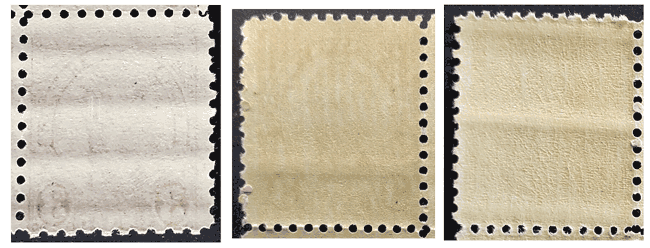
With the advent of rotary press printing in the early 20th century, U.S. stamp production increased dramatically. One less desirable result of the rotary press, which used cylindrical plates to print on continuous rolls of paper, was that the sheets tended to curl back to their rolled form after they were printed and gummed, causing great inconvenience to postal clerks who needed to store flat sheets in drawers. Studies showed that it was the gum that caused the sheets to curl, since ungummed rotary press sheets did not curl.
The printers solved this problem by impressing the printed sheets with a series of bars, which are referred to as “gum breakers”. Although they do not damage the paper, they break the surface of the gum and allow the sheet to lie flat. These breaker bars are found on most U.S. rotary press sheet stamps printed between about 1922 to the 1980's, and come in several types depending on the type of printing press. The breaker bars are most easily seen from the gummed side, where they appear as a series of parallel ridges about a half inch or a centimeter apart. Although some collectors may initially think these stamps are creased or otherwise damaged, this is how they were printed and are found on nearly all rotary press sheets. Gum breakers are usually not visible on used or ungummed stamps. Often, ridges in the gum, about 1 or 2 millimeters apart, are found running perpendicular to the breakers on stamps printed prior to 1960. This was also a measure to prevent sheets from curling while the gum dried.
Experts have identified three main types of breaker bars:
- Type I - On the earliest rotary press printings from 1922 to 1928, the breaker bars are about 5 mm apart and there are 4 or 5 bars per stamp.
- Type II - On printings from 1928 to 1930, to offset the "corrugated" look of the earlier printings, the bars are about 22 mm apart, allowing only 1 or 2 bars per stamp.
- Type III - In 1930 the spacing of the bars was changed to about 12mm apart, allowing 2 or 3 bars per stamp.
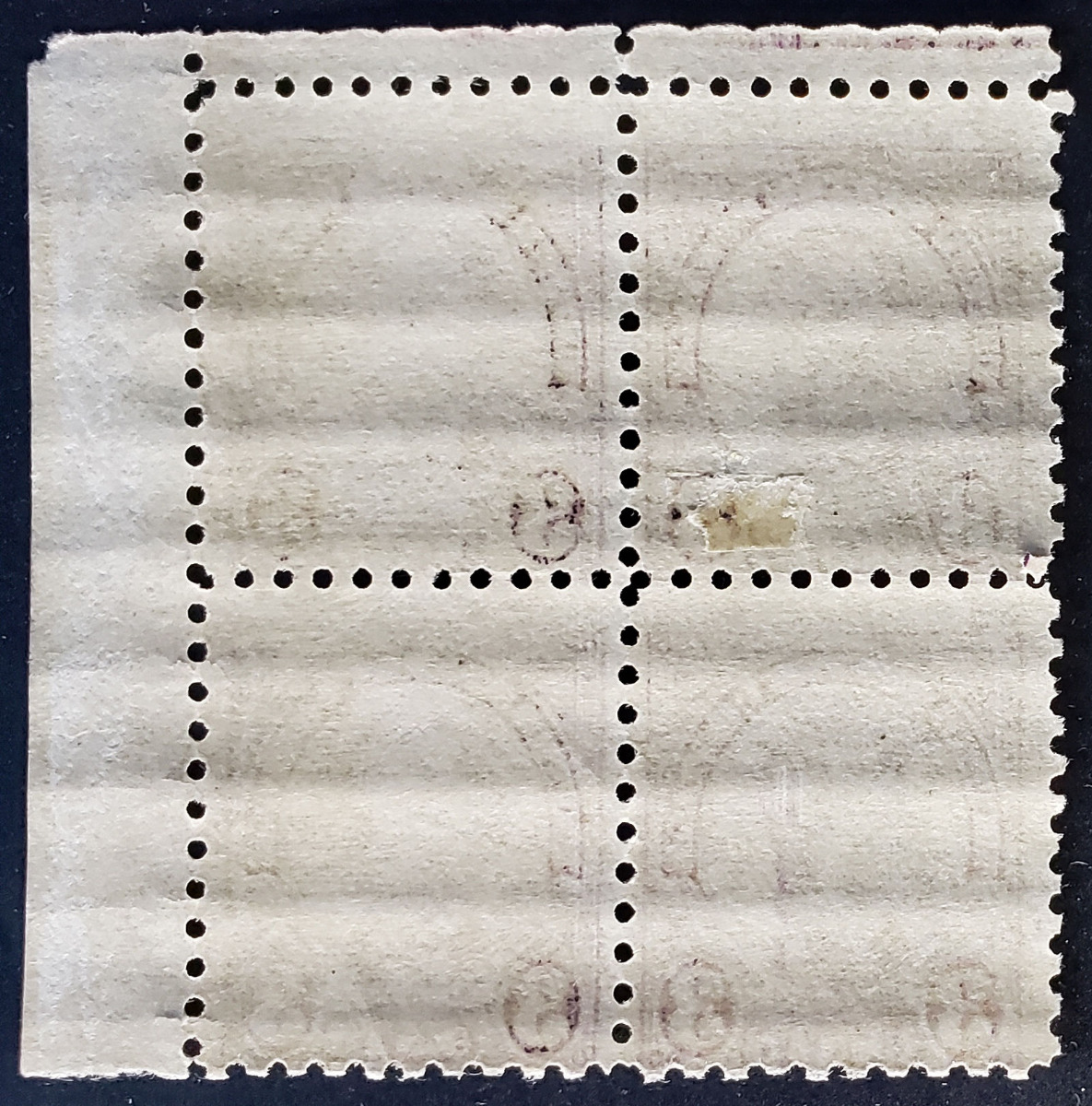 |
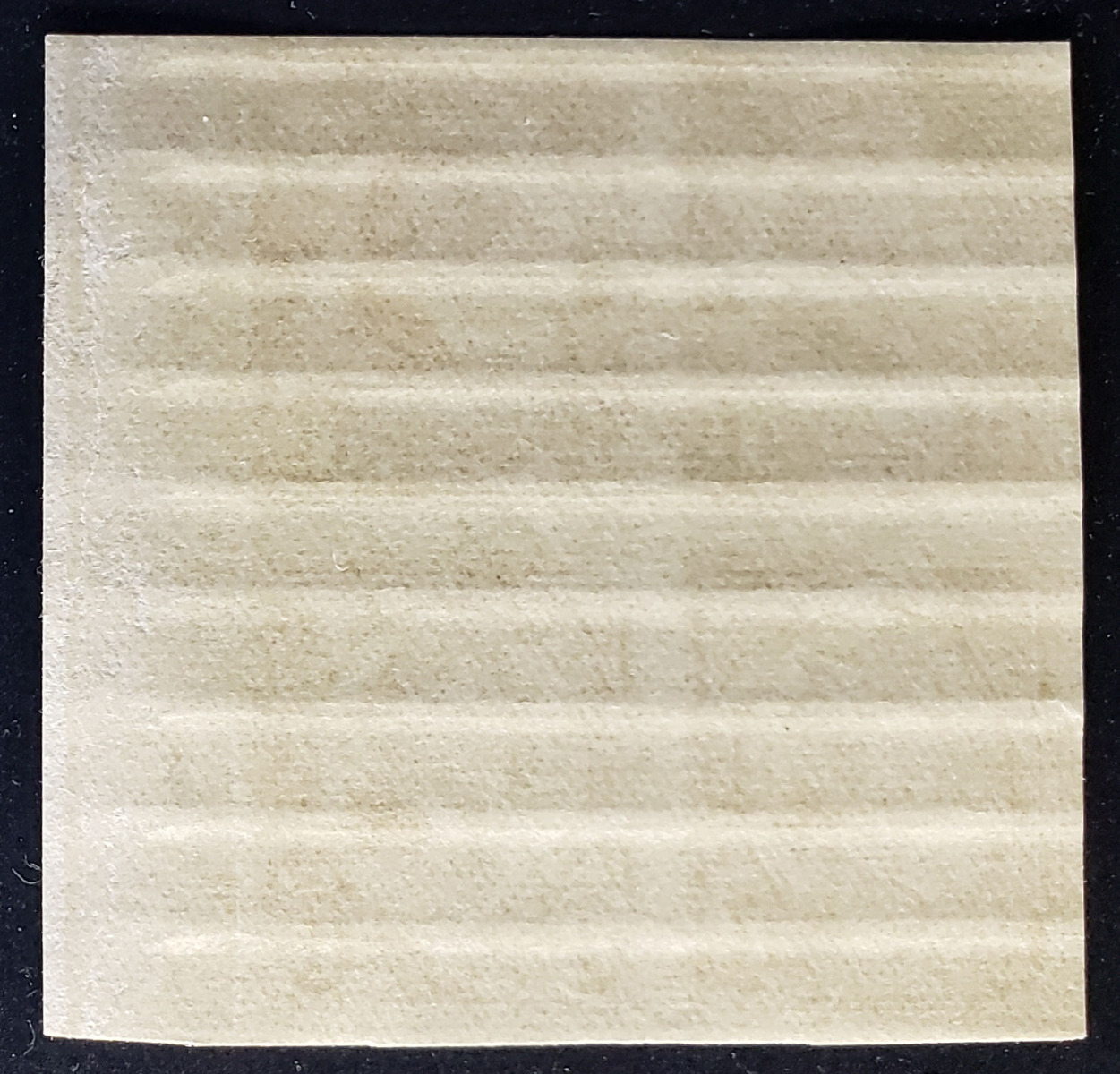 |
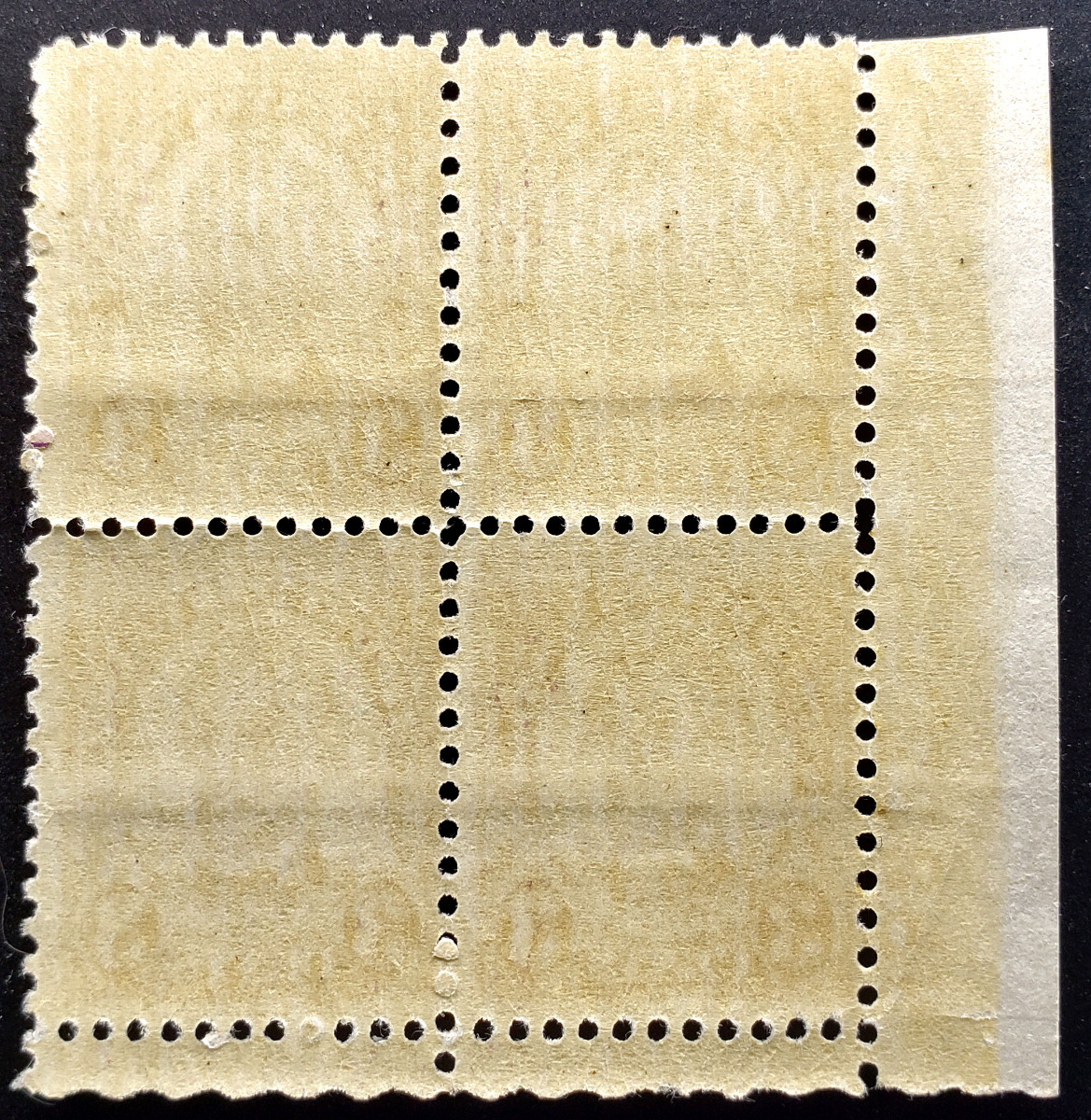 |
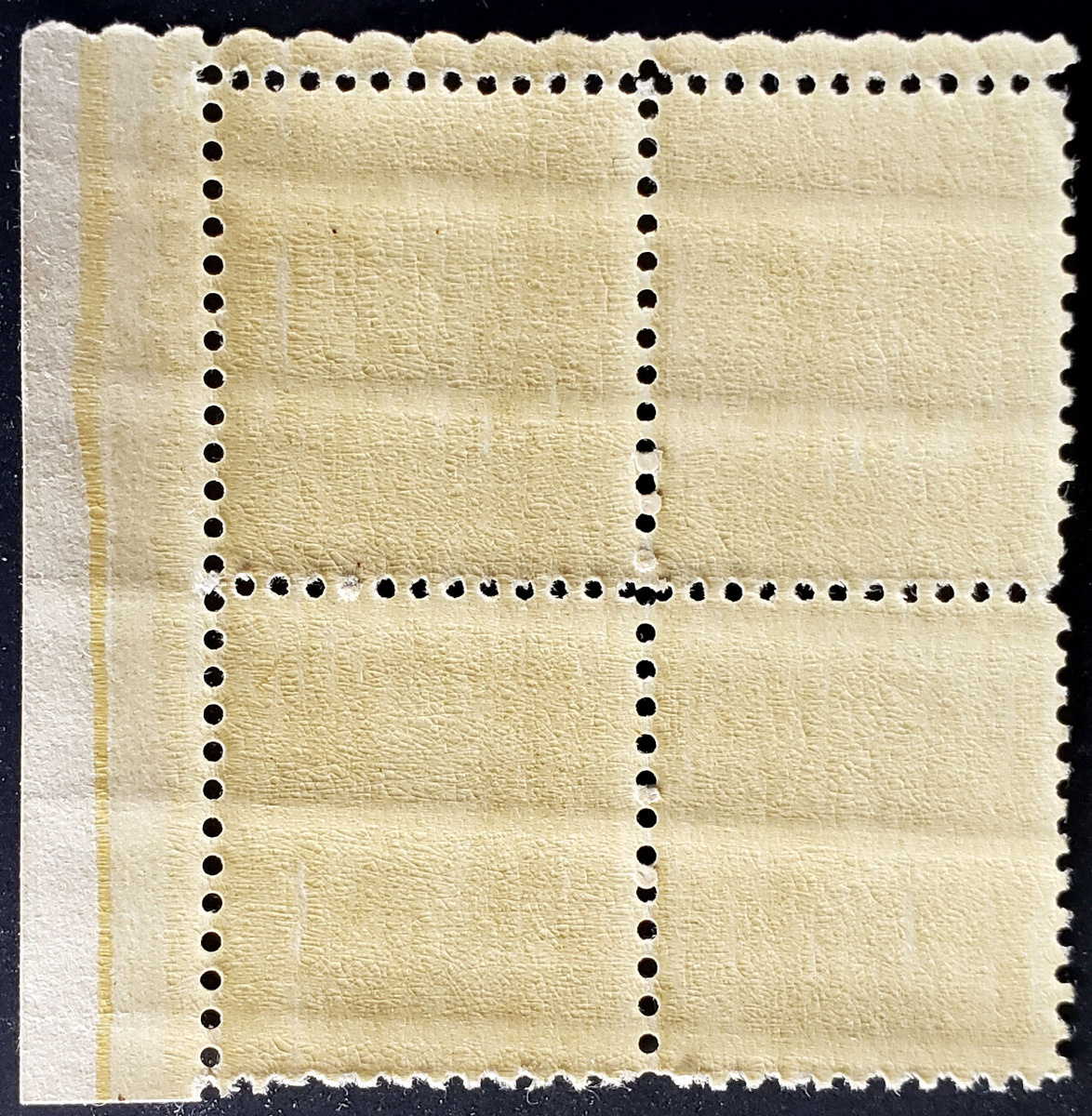 |
|||
|
Type I 4-5 bars per stamp, 5mm apart |
Type I on an imperf block of 4 |
Type II Usually 1 bar per stamp, 22mm apart - note the bars are in the middle of these stamps |
Type III 2-3 bars per stamp, 12mm apart - note the Type III bars are usually at a slight angle |
Some advanced collectors study the various types of gum breakers, and the presence of gum breakers can be used to verify the authenticity of some difficult issues, such as the Kansas-Nebraska overprints which are found only with the Type II spacing.
Gum breakers are sometimes found on stamps from other presses as well. For example, stamps from the multicolor “Huck” press (including the 1968 and 1969 Christmas stamps) will have both horizontal and vertical breaker bars, and some multicolor gravure-printed stamps printed by private contractors (such as the 1970 Christmas and Conservation issues) are also found with gum breakers.
Gum breakers are found on foreign stamps as well. For example, some Canadian and Cuban stamps from the 1920s are found with gum breakers, Switzerland impressed a very fine diamond-like grid on the gum of stamps in the 1930's to prevent sheets from curling, and Germany applied gum in a ridged pattern against the grain of the paper.

